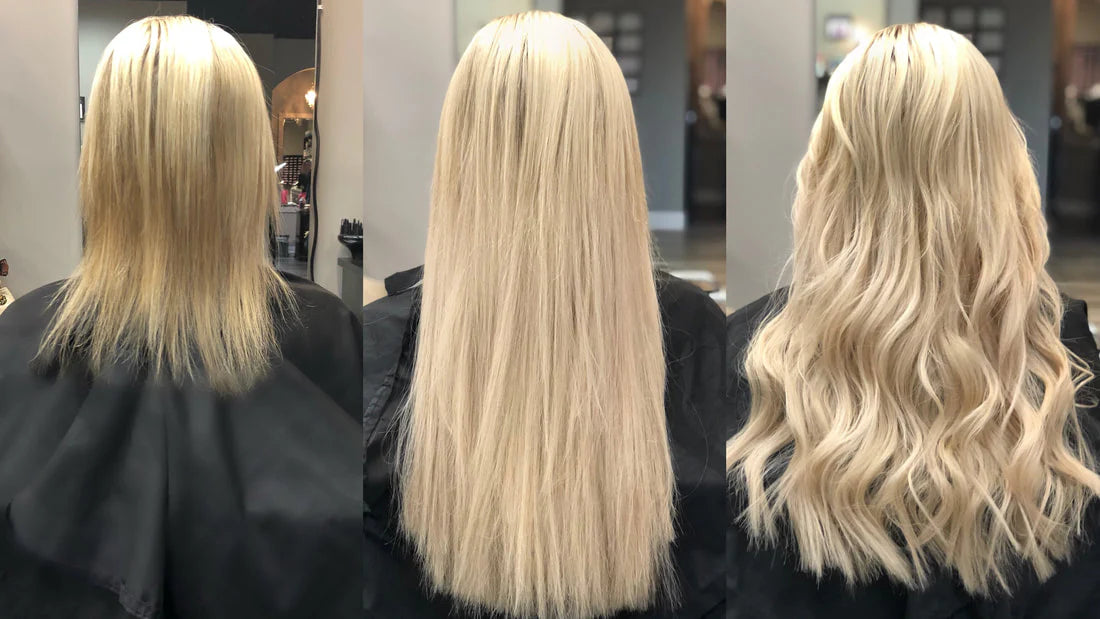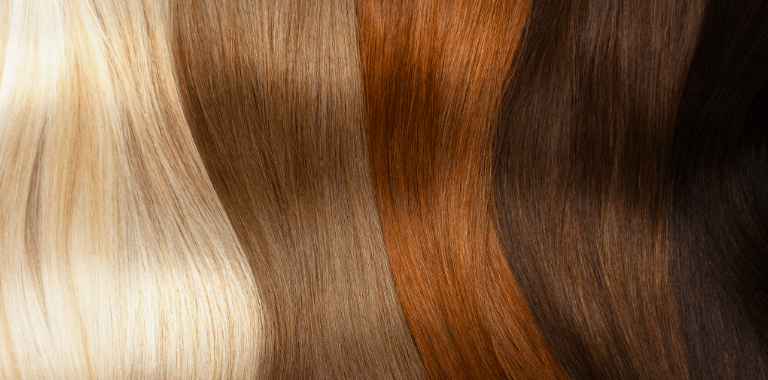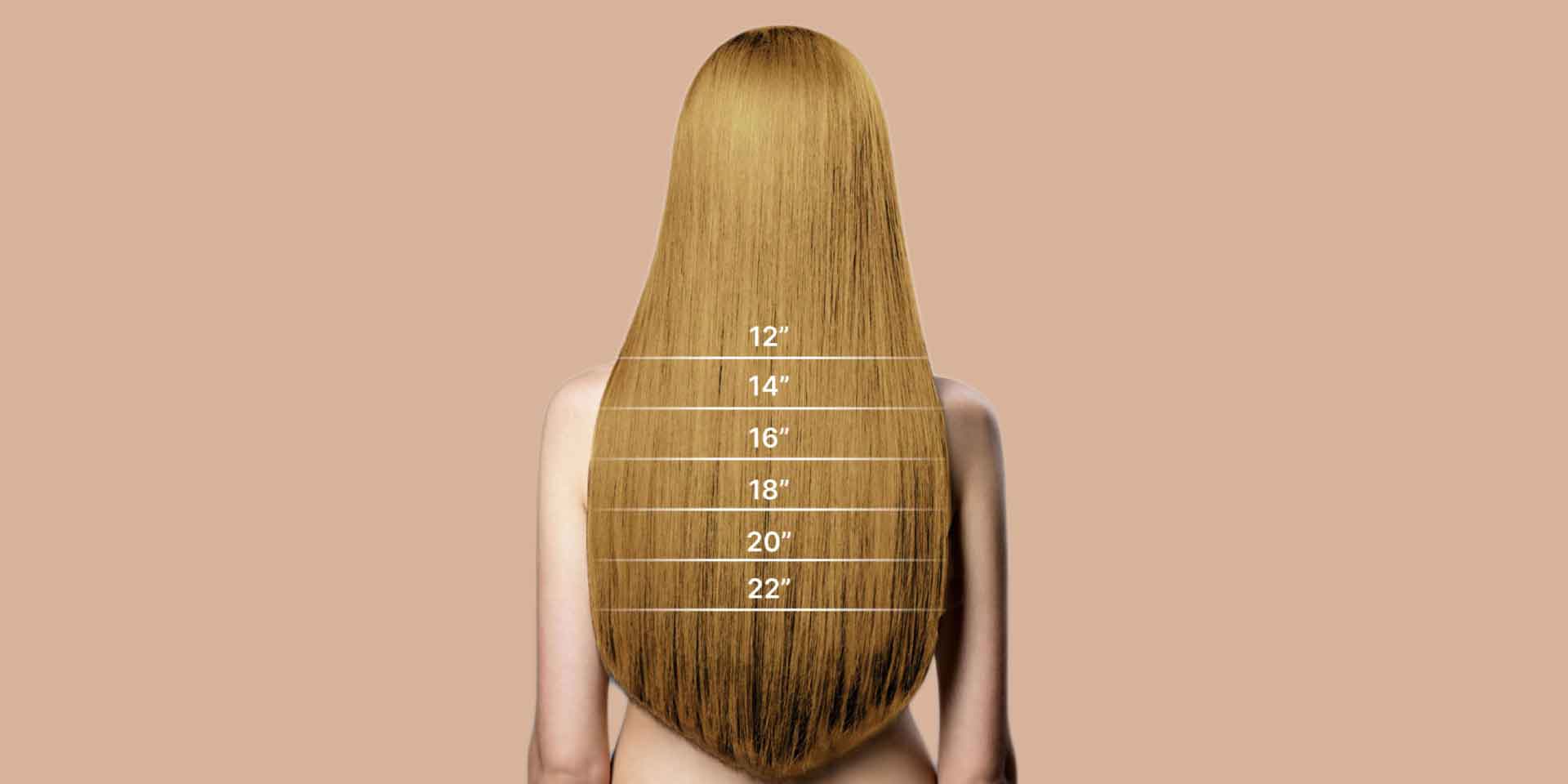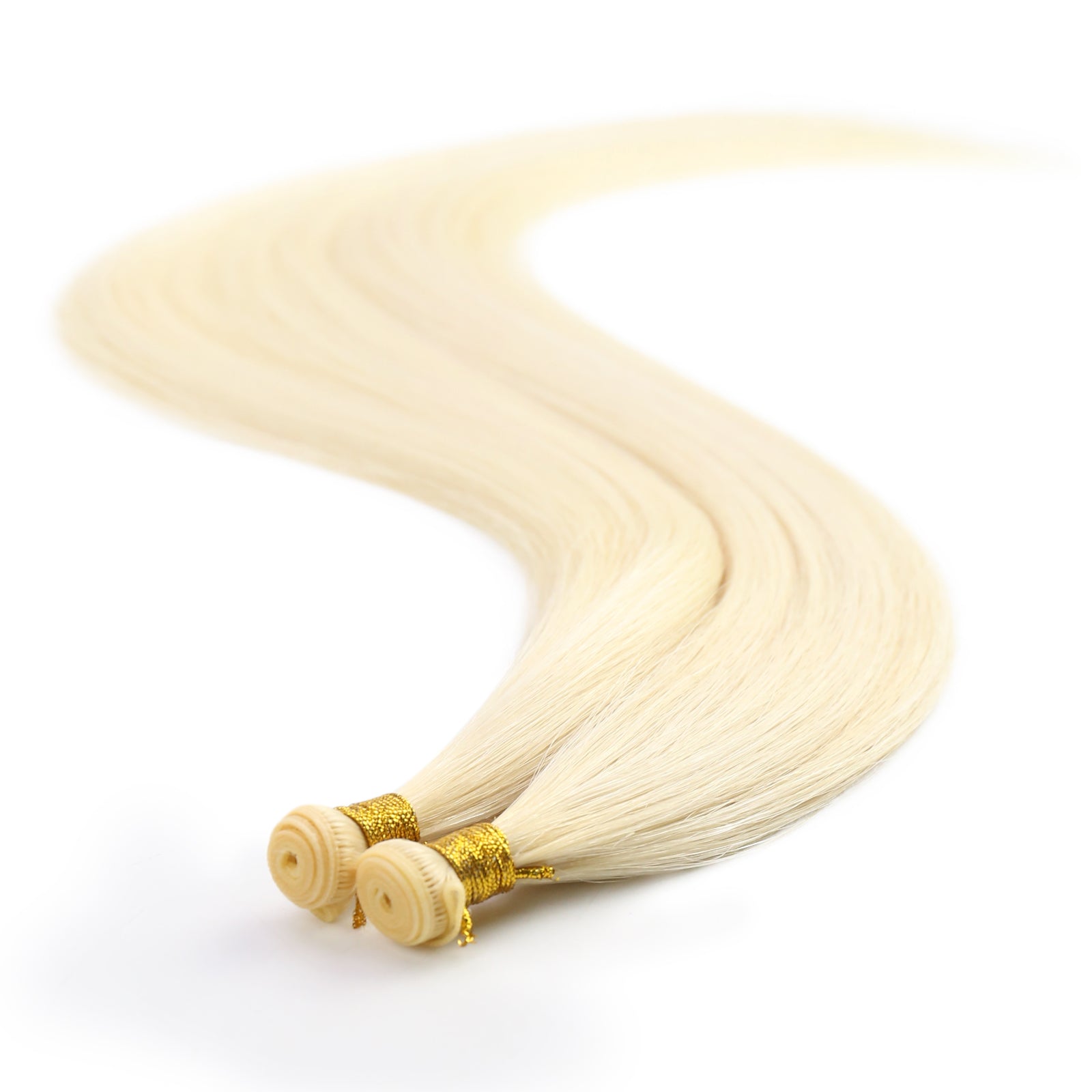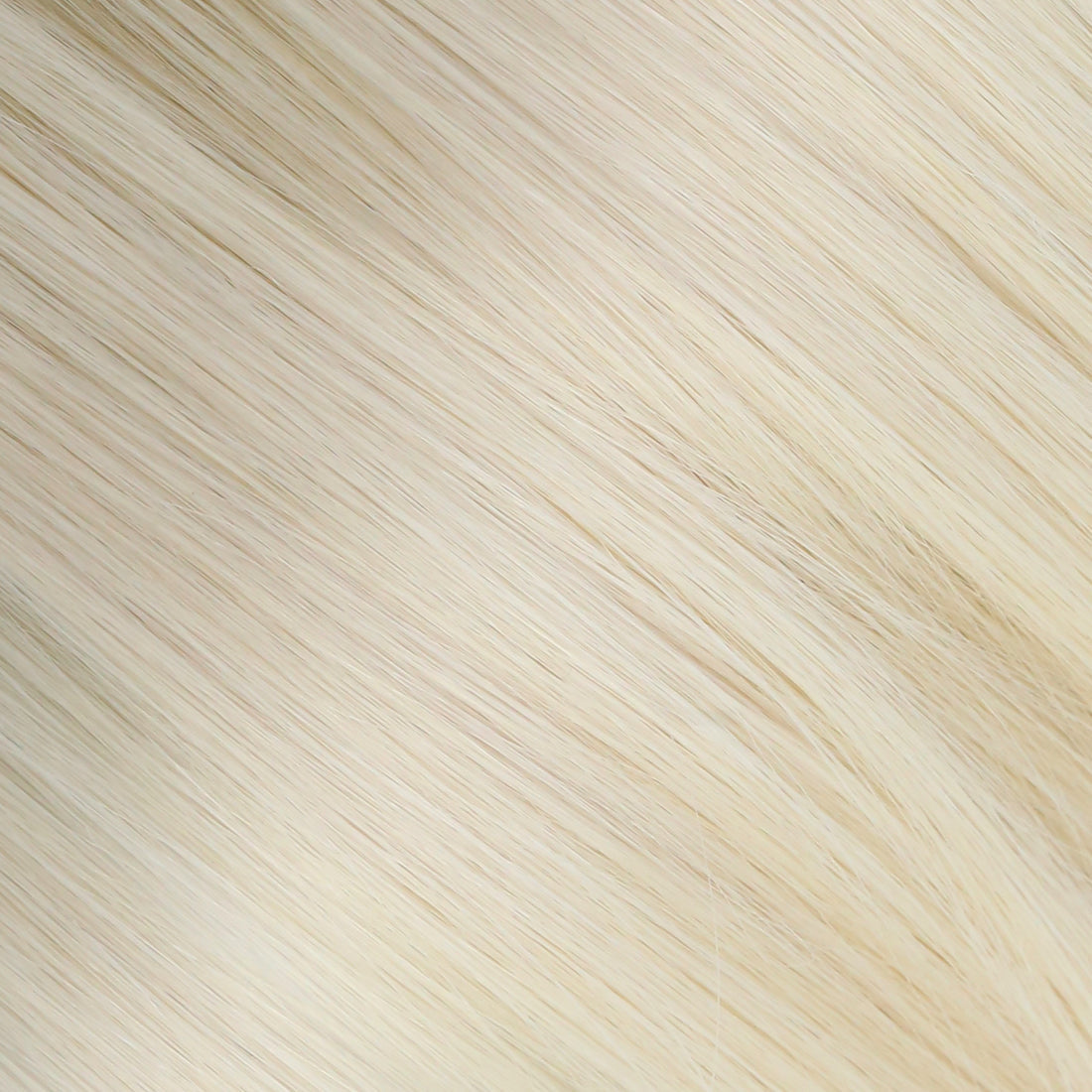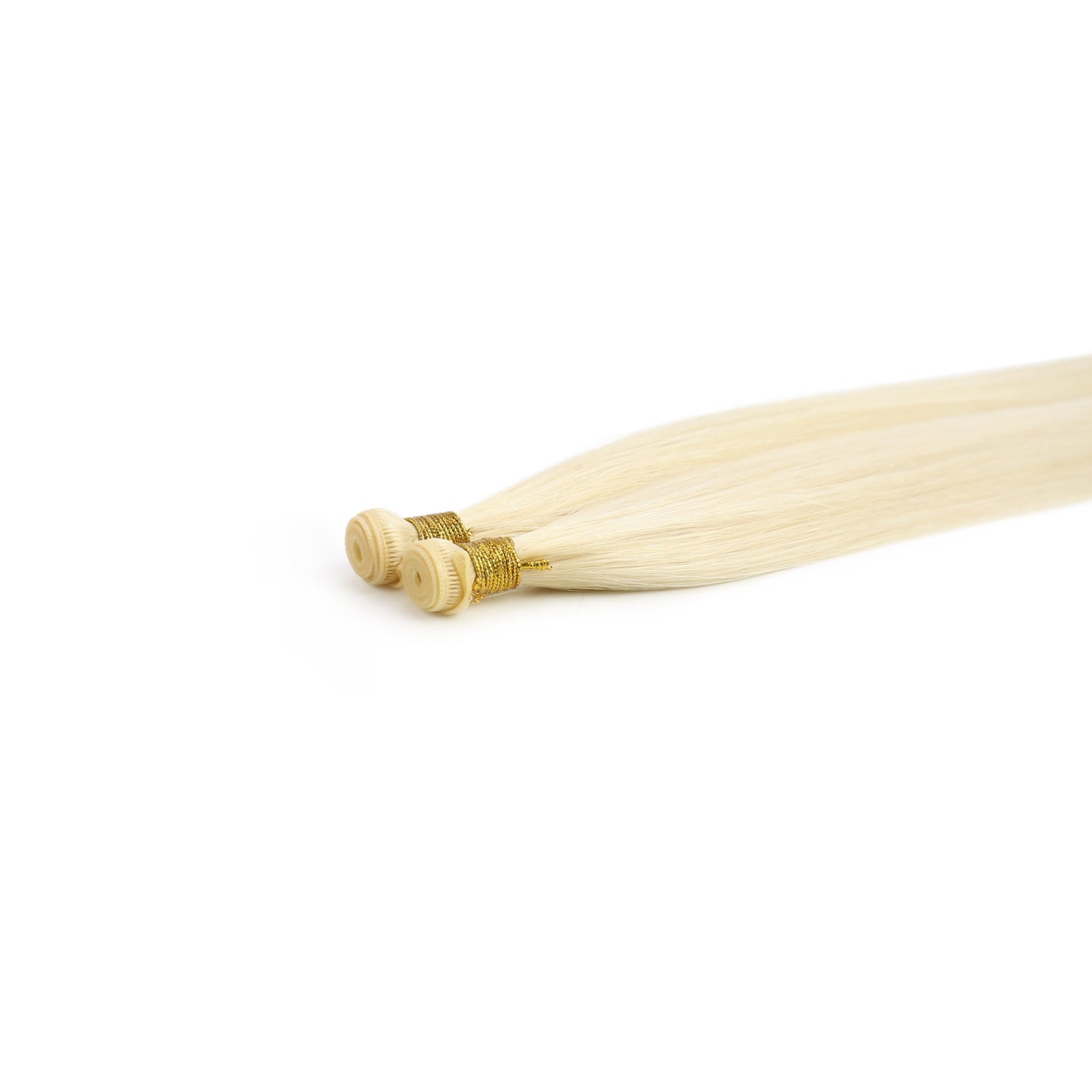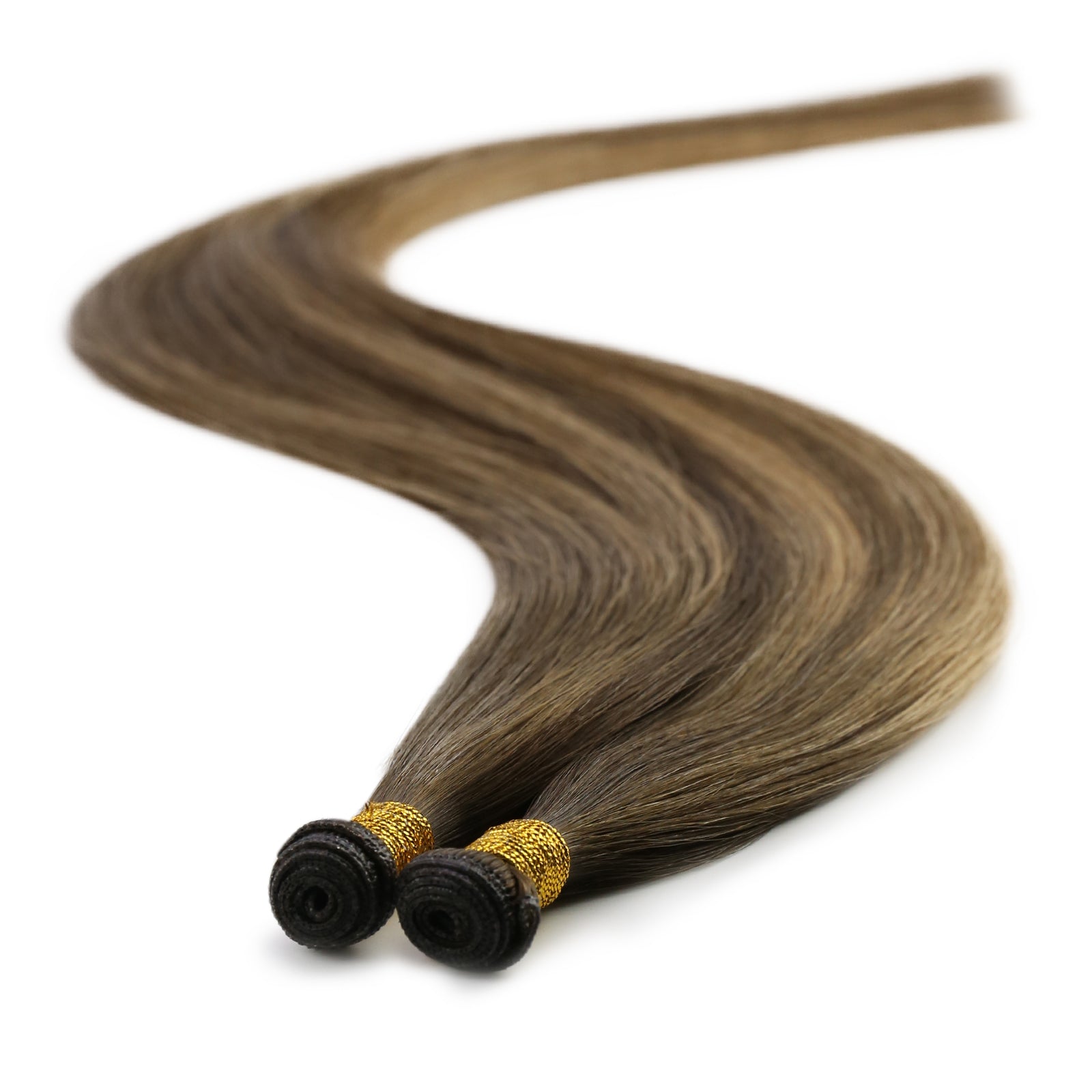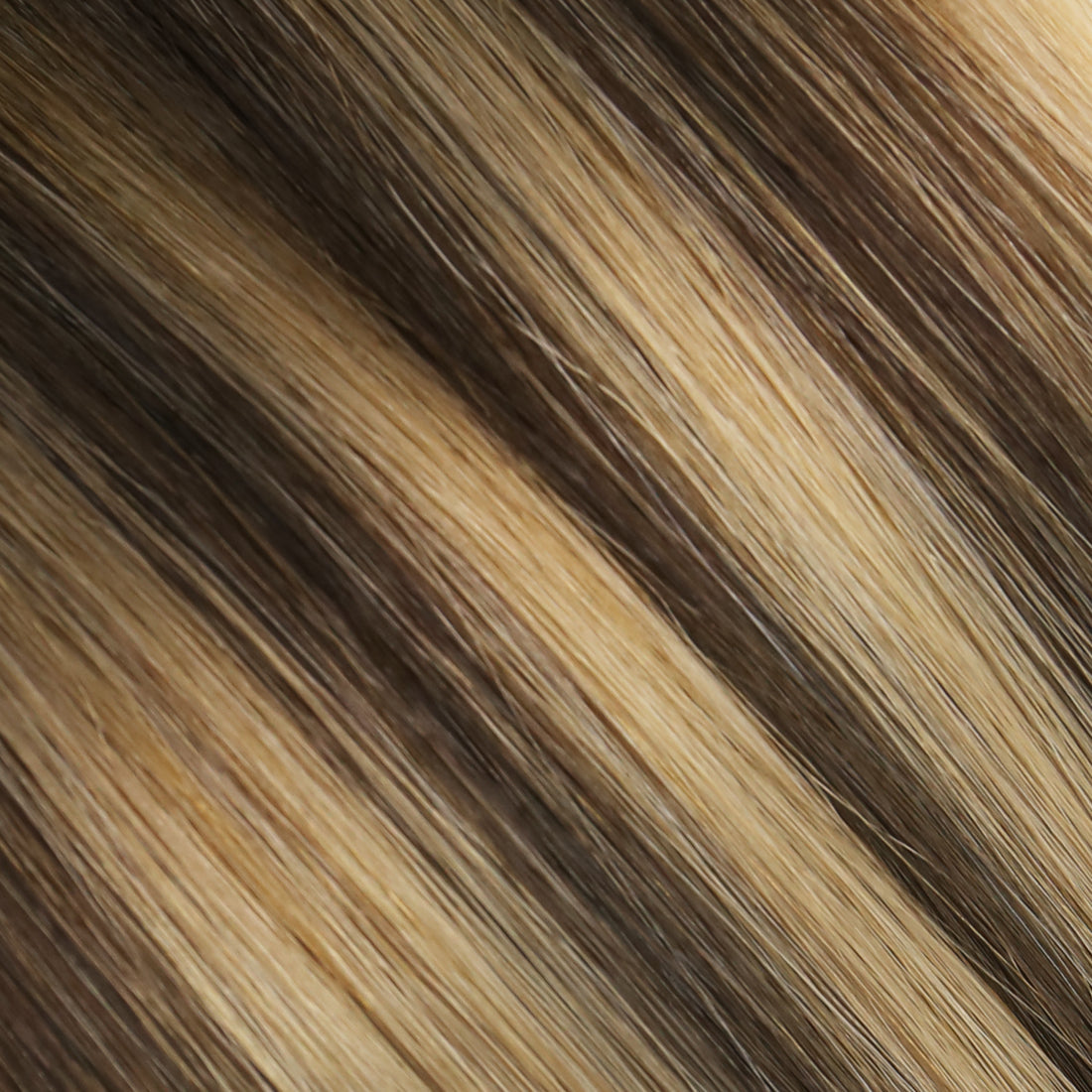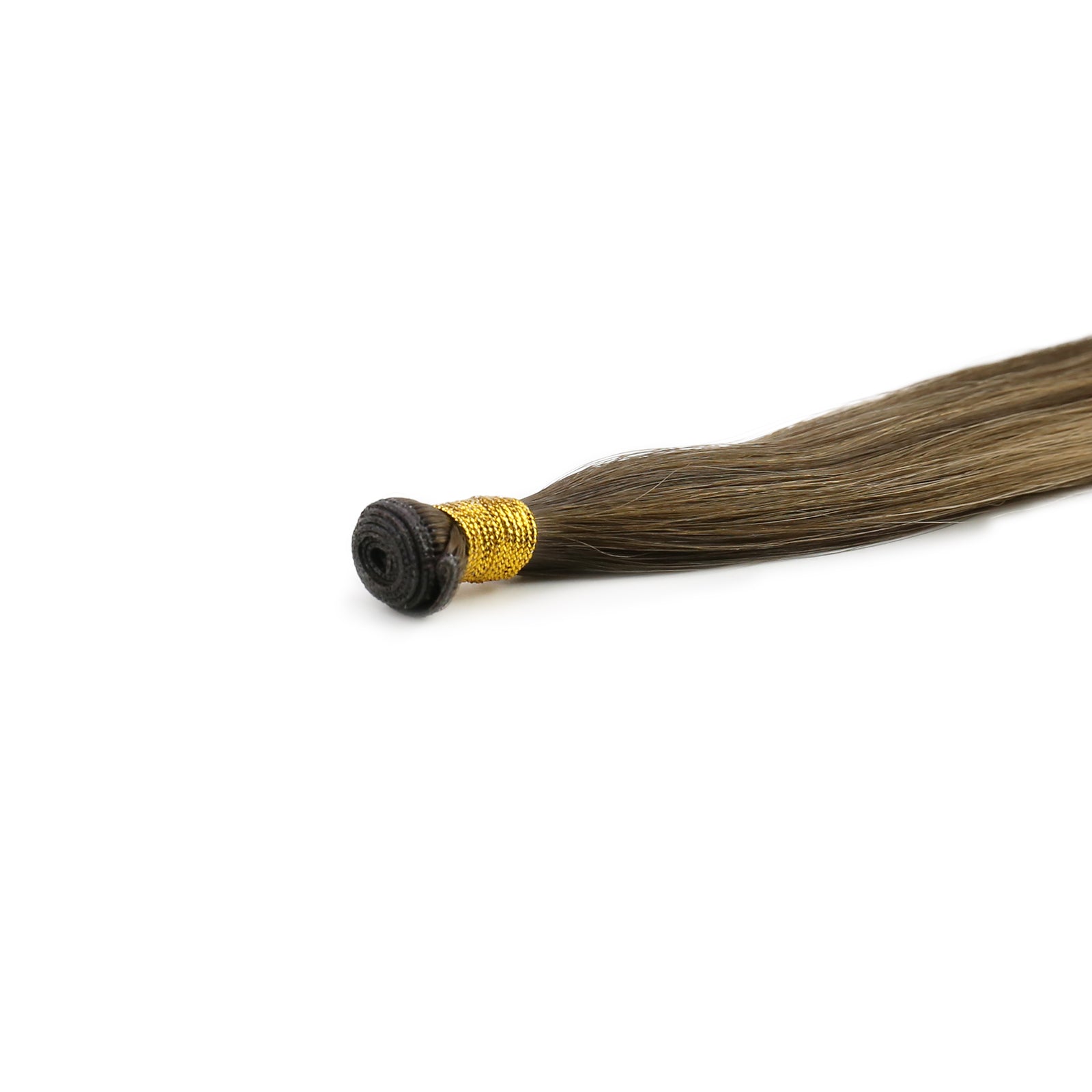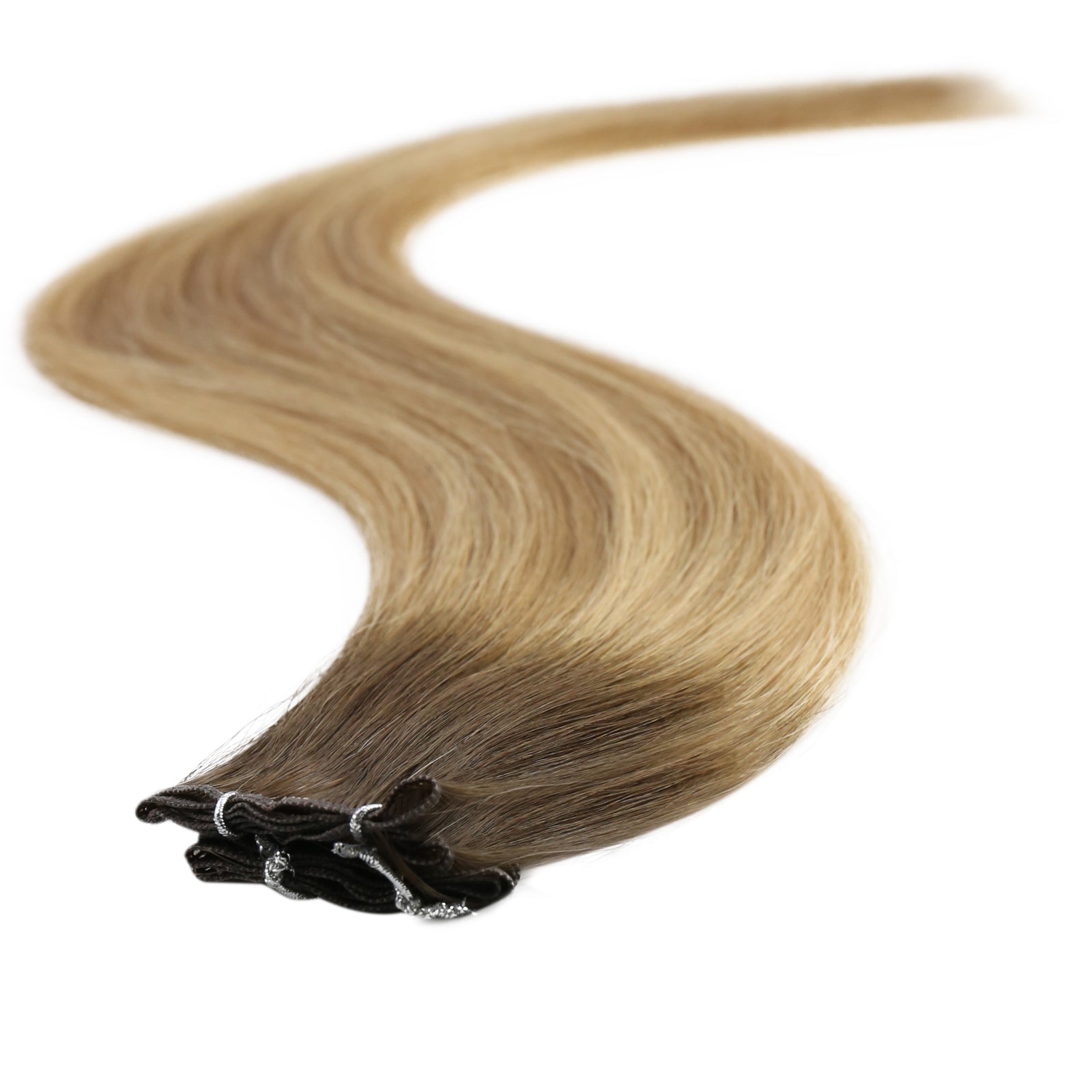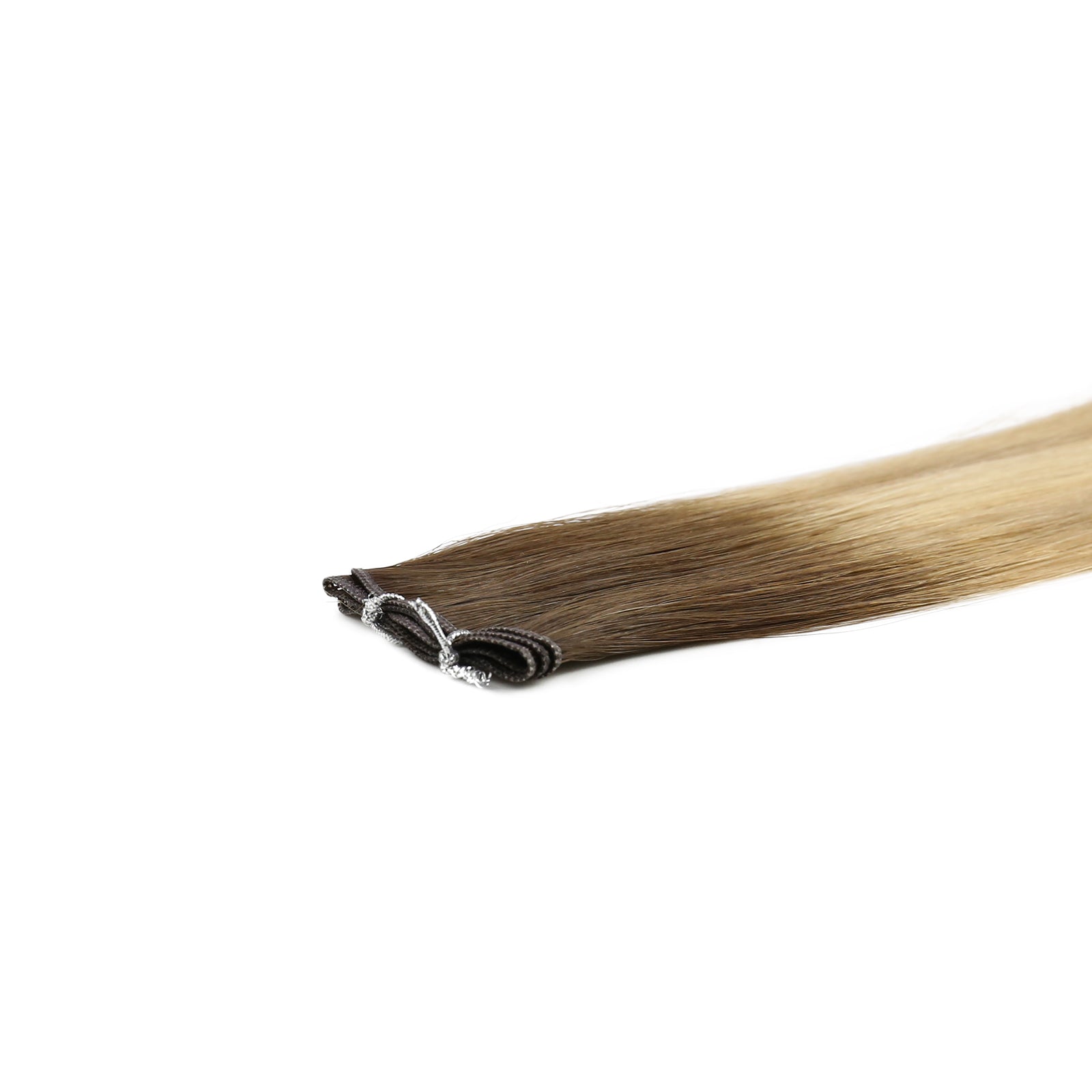Hair extensions can be a game-changer for anyone looking to add length, volume, or a splash of color to their locks. However, before diving into the world of extensions, it's crucial to understand the issue: “how long does your hair have to be for extensions to achieve the best results?” In this blog, we'll explore the different factors influencing the length of hair required for extensions and provide tips to ensure you get the most out of your new look.
Minimum Hair Length for Different Extensions
Hair extensions come in various types, including clip-ins, tape-ins, sew-ins, micro-link extensions, and keratin bonds. Each type has its own requirements and benefits, but one common factor across all of them is that your natural hair needs to be a certain length to ensure a seamless blend and maintain the health of your hair.
Clip-In Extensions
Typically, your hair should be at least 4-6 inches long to use clip-in extensions effectively. This length allows the clips to securely grip your natural hair, ensuring stability and reducing the risk of the extensions becoming visible. Adequate length helps achieve a natural, seamless look with minimal visible lines.
Tape-In Extensions
Tape-in extensions generally require a minimum length of about 6-8 inches. This ensures that the adhesive tabs can properly attach to your natural hair, providing a secure hold without causing stress or damage. Sufficient length helps the extensions blend seamlessly and maintain a natural appearance.
Sew-In Extensions
For sew-in or weave extensions, your natural hair should be a minimum of 6-8 inches long. This length is necessary to create braids or cornrows that act as a sturdy base for sewing in the extensions. It ensures a secure, comfortable fit and helps achieve a seamless, natural-looking result.
Micro-Link Extensions
Micro-link extensions typically require a minimum length of around 6 inches. This length allows for the use of small beads or links to attach the extensions securely to your natural hair. Adequate length ensures that the extensions stay in place, preventing slippage and minimizing potential damage to your hair.
Keratin Bond Extensions
Keratin bond extensions typically require a minimum length of 6-8 inches. This length allows for the keratin bonds, which are fused to small sections of your natural hair, to securely attach and blend seamlessly. Adequate length ensures that the bonds remain stable and integrated, providing a natural and cohesive appearance.
Factors Influencing the Length of Hair Required for Extensions
While the general minimum lengths mentioned above can guide you, there are several factors that can affect the length of hair required for extensions.
Hair Texture
The texture of your hair plays a significant role in how extensions blend. If you have very fine or thin hair, extensions might need to be longer to create a natural look and prevent the extensions from showing through. Conversely, thick or coarse hair might require less length for a seamless blend.
Desired Look
For a dramatic change or very long extensions, you'll need longer natural hair to provide adequate support and ensure a seamless blend. Longer hair helps in achieving a more natural look with extended lengths. Conversely, for subtle enhancements like moderate length or volume, shorter natural hair is often sufficient and easier to manage.
Extension Type
The type of extensions you select affects the minimum length of your natural hair. Clip-ins and tape-ins are adaptable and can work with shorter hair, offering flexibility in application. In contrast, sew-ins and keratin bonds generally need more length to ensure a secure attachment and natural blend, making them suitable for longer hair.
Preparing Your Hair for Extensions
If your hair is approaching the minimum length but you're aiming for a flawless extension application, here are some tips to prepare your hair:
-
Trim Regularly: Regular trims help keep your hair healthy and prevent split ends, which is crucial when applying extensions. Healthy hair will blend better with extensions and support a more natural look.
-
Condition and Strengthen: Use deep conditioning treatments and strengthening products to ensure your hair is in the best condition possible. This will not only help with the longevity of the extensions but also reduce the risk of damage.
-
Avoid Heat Damage: Minimize the use of heat styling tools, or use them with a heat protectant. Excessive heat can weaken your hair, making it more susceptible to breakage, which can impact how well extensions blend.
-
Consult a Professional: If you're unsure about your hair's suitability for extensions, consult a professional stylist. They can assess your hair's condition, length, and texture to recommend the best type of extensions for you.
What Type of Hair Extension is Best for Short Hair?
For short hair, the best type of hair extension often depends on your specific needs and preferences. Here are some ideal options:
-
Clip-In Extensions: Clip-in extensions are versatile and can be easily applied and removed. They work well for short hair, allowing for temporary length and volume. They are ideal for those who want a quick change without long-term commitment.
-
Tape-In Extensions: These offer a more semi-permanent solution and blend well with short hair when applied correctly. They provide a natural look and feel and are less bulky than some other types.
-
Micro-Link Extensions: These involve small beads or links to attach the extensions to your natural hair. They can work well for short hair and are suitable for those looking for a longer-term option without using adhesive.
-
Fusion (Keratin Bonded) Extensions: These are bonded to your natural hair using keratin. While typically used for longer hair, they can be adapted for short hair with proper technique. They provide a secure and long-lasting attachment.
How to Blend Extensions Naturally with Your Hair
-
Choose the Right Extensions: Match the color, texture, and length of the extensions as closely as possible to your natural hair.
-
Prepare Your Hair: Start with clean, dry hair. Ensure your hair is trimmed and healthy to help the extensions blend seamlessly.
-
Section Your Hair: Divide your hair into sections, working from the bottom up. This makes it easier to apply extensions and ensures they're well-hidden.
-
Apply Extensions Correctly: Follow the specific application instructions for your extension type (clip-ins, tape-ins, etc.). Ensure the extensions are securely attached but not too tight.
-
Blend and Cut: After applying the extensions, use scissors or a stylist's shears to trim and shape them so they blend with your natural hair. This helps to remove any visible lines and creates a uniform look.
-
Style Together: Use heat styling tools like curling irons or straighteners to blend the extensions with your natural hair. This helps to create a cohesive style and hides the attachment points.
-
Regular Maintenance: Keep your extensions and natural hair healthy with regular conditioning and gentle care. Avoid excessive heat and use products suited for extensions.
Conclusion
In summary, by exploring the question: “how long does your hair have to be for extensions to achieve the best results?” we can know that the length of your natural hair plays a crucial role in determining the success of hair extensions. While the minimum length required can vary depending on the type of extensions and your desired look, ensuring that your hair is healthy and well-maintained is key to achieving a natural and beautiful result. Whether you're looking for a temporary change or a longer-term transformation, understanding these guidelines and preparing your hair accordingly will help you enjoy the benefits of extensions to the fullest.
